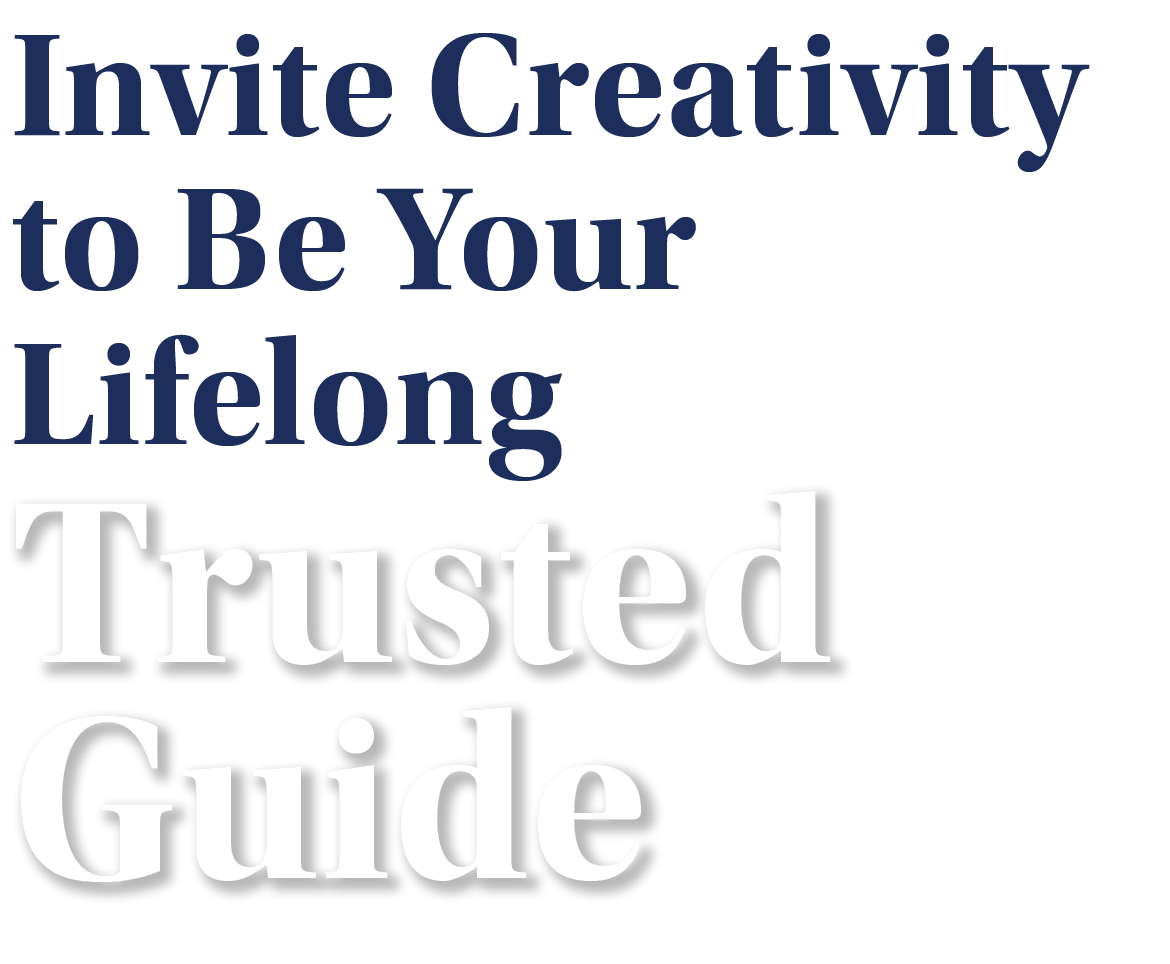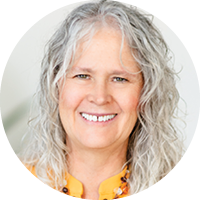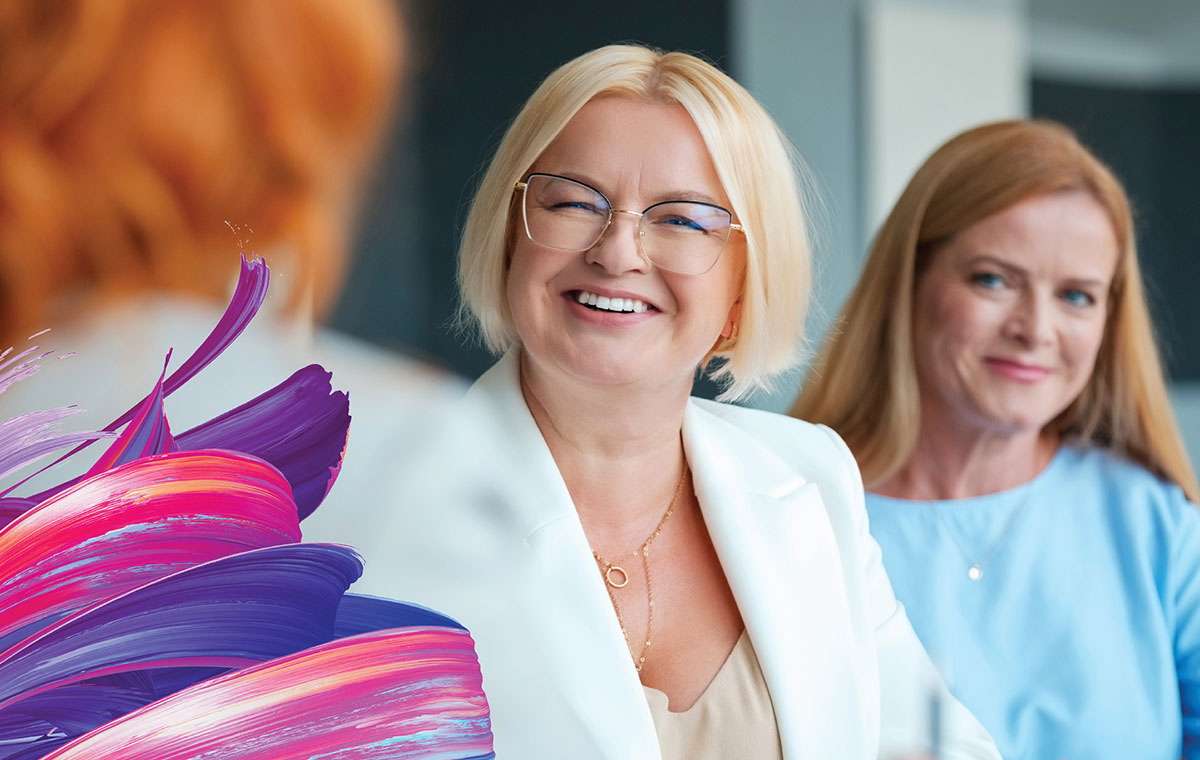



About

IN EVERY ISSUE
1.
PRESIDENT'S MESSAGE
Why Cultivating Value Matters

2.
Publisher's Message
Creativity, Authenticity, and the Power of Standing Out

3.
FROM THE EDITOR
Welcome to the January/February 2025 Issue of the Marketer

Calendar of Events
4.

Brilliant, temperamental, and playful — with nurturing, tolerance, and discipline, creativity is ready to be your trusted sidekick. By embracing your uniquely creative mind as your guide on the road of constant change, you can find joy and connection on your journey.
If you hold the belief, "I am not creative," I invite you to shift your thinking. By our very nature, every human being is creative. "If you're alive, you're a creative person." (E. Gilbert). Although potentially easier to recognize in visual artists, musicians, designers, and technology wizards, each of our minds is wired for creativity. It's what drives advancement and is critical to human development.
Accessing your creative nature and believing in its inherent value can increase personal satisfaction, enhance your quality of work, and create value for your firm. When you take the leap and invest time in discovering your own creativity, the mental workspace you hone becomes a guide that can travel with you wherever you go, help you out of tough spots, and bring joy and character to your life!
What is creativity and how can you access your creative superpowers?
Creativity is an all-in game that means "living a life that is driven more strongly by curiosity than by fear." (E. Gilbert) Creativity requires discipline, a willingness to exist in uncertainty, and an awareness of and appreciation for the world around you. Creative thinkers tend to be collectors of ideas, images, sound bites, theories, processes, data — whatever it is they are passionate about. Fundamentally, creativity is about problem-solving and is highly applicable to the complex environments in which most A/E/C marketers and business developers function. Use your creativity to introduce new ideas to improve processes, analyze data, conduct research, or shine a light on your firm's thought leadership.
Creativity Takes Courage”
—Henri Matisse
Often, embarking on the journey to make an idea real means venturing into the unknown, which can bring up feelings of doubt and insecurity. Creativity requires vulnerability. It is a deeply personal journey that sometimes lacks clarity, is messy, and is often not a linear path. But the magic you will discover when you sit with uncertainty and work through the process is priceless! "Creators are those who proceed in the attempt to actualize their creative vision, in spite of the anxiety and self-doubt:" (R. Mollo).
The constant change and market shifts in the A/E/C industries might lead one to double down on data. Not a bad idea, but embracing the ambiguity and discomfort that come with the creative process is just as important. Data without insight is useless. Embrace creativity as your trusted guide to make sense of complexity, optimize your processes, or move your team to the next level.
Creativity Requires “Mental Workspace”
You may have grown up thinking the right brain handles creative functions and the left brain controls logical thinking. Or have been asked the question, “Are you right or left-brained?” In a 2013 study focused on visual imagination, Alex Schlegel, a cognitive neuroscientist at Dartmouth College, demonstrated that both the right and left sides of our brains are engaged during creative thinking. Study participants' brain activity was mapped while they were asked to look at and manipulate visual images. "When you start to look at more complex cognitive processes like imagination or creative thinking, it's not just isolated [brain] areas that are responsible, but communication of the entire brain that's required." (A. Schlegel). Schlegel points out the importance of giving our minds the quiet time needed to settle into this "mental workspace" — literally space in the mind for the dynamic cognitive process of combining, assembling, disassembling, and reassembling disparate components to arrive at a new outcome.
Practice giving yourself time to nurture your mental workspace and discover your creative mind. Carve out 15 minutes in your work calendar twice a week to "think outside the box" on a problem you are working to solve or a process you want to improve. Refrain from being self-critical. Stay with the process until you have something you believe is worth sharing with your team. Then, craft your pitch.
Outline of the Creative Process
Observation
Creative thinkers tend to be collectors and avid consumers of their greatest passion. They continually observe the world around them, paying attention to the infinite ways others create in their genre — writing, data visualization, process efficiency, or corporate branding.
Stimulus
Creativity begins as an internal process triggered by an external stimulus. You may be presented with a challenge, a need to problem-solve or experience a strong desire to manifest a visual or auditory “vision” that arises when something catches your mind’s eye or ear.
Limitations
Get clear on the constraints of the problem or new idea in front of you. In a business environment, your solution or design must always be an efficient use of valuable resources that creates positive change for your firm or client.
Experimentation
Mentally and physically, “play” with different visual, verbal, or cognitive combinations, adding and subtracting elements until you reach an “ah ha!” moment. Often, this means working through the discomfort of things not gelling or feeling right, stepping back, and letting your thoughts settle. Creators learn to be brave in the midst of uncertainty, which is a much different mindset than when we are focused on executing tactics, “The uncertainty, especially in the generative stage, is uncomfortable for a lot of people who are valued for advancing tactical initiatives and “getting stuff done.” (C. Johnson)
Trust
Learn to trust your process. This comes with practice.
Discovery
A gut-level sense of joy that you’ve discovered or created something of value.
Engage
When bringing your new idea, theory, or approach to life in business, you must build a clear case for investing the resources needed to make it happen. “The Pitch is the critical step in getting others on board with change. Bad pitches kill great ideas”. (C Johnson) Practice your pitch with a trusted friend or colleague to succeed in the delivery.
What kind of leadership is required for creativity to thrive?
Creativity is the energy of change. In our era of constant economic, technological, and market shifts, operations and marketing leadership within A/E/C firms must value innovation, flexibility, measured risk-taking, and optimism to foster creativity within their firms. Otherwise, they place their firms in danger of becoming marginalized.
For creativity to thrive, leaders must be willing to give defined space and time for team members to experiment and test the value of their developments: an A/B social media campaign, a new approach to interview delivery, an untested awards program, or a new reporting method.
It is critical to foster an organization-wide allowance for and ownership of creativity. Marketing and business development efforts cannot deliver their full potential when creativity is reserved only for the experts in the firm’s core practice. Creativity can become a productive, collaborative experience among teams that develop the skills to ensure safe exploration spaces, are willing to acknowledge others’ contributions, and, as a group, nudge the individual pieces into an optimal solution for the team.
A Dilemma
Twenty-three years ago, urban studies theorist Richard Florida identified an influx of knowledge workers, to dynamic urban centers in the U.S. He named this group the Creative Class — “the collection of occupations that specialize in the novel combination of knowledge and ideas to solve problems or create value in fields like science, engineering, architecture, design, education, arts, music, and entertainment.” (R Florida)
A generation later, the Creative Class has had time to settle in and possibly reinforce the idea that not everyone is creative. In an era where diversity of thinking is needed to make sense of complexity, “most of us accept that navigating the sea of uncertainty is quite a challenge, but not everyone is sold on the idea that we all share the capacity to be creative.” (J. Trederwolff)
There is a paradox at play here. Technological advancement creates uncertainty; uncertainty is inherent in creativity, and creativity is an imperative human skill needed to harness technology in ways that will advance human development. “Computers are good at a lot of things, but are less adept at seeing patterns or thinking creatively.” (A. Schlegel).
It is critical for A/E/C marketers to stand strong to prevent automation from leading to expectations of increased productivity. It will take courageous leadership to draw a line in the sand for the mental workspace needed for creativity. Otherwise, we’ll be more deeply embedded in the frustration of no time to think innovatively. We are not machines.
Conclusion
The human capacity for creativity adds depth, character, and joy to our lives. If it feels too risky to test your creative skills at work, start by developing a creative practice elsewhere in a place where you can take risks and please only yourself. Build your creative confidence. “Do whatever brings you to life, then. Follow your fascinations, obsessions, and compulsions. Trust them. Create whatever causes a revolution in your heart.” (E Gilbert) Then, bring that joy to your role in the A/E/C industries!
Sources
1. Big Magic - Creative Living Beyond Fear, by Elizabeth Gilbert (2015)
2. The Courage to Create, and How to Become More Creative, by Rollo May (1994)
3. The Roots of Creativity Found in the Brain, by Tanya Lewis, Life Science (2013) - Based on research by Alex Schlegel
4. The Rise of the Creative Class: And How It's Transforming Work, Leisure, Community And Everyday Life, by Richard Florida (2002)
5. Carla Johnson - Workshop at The SMPS Foundation Roundtable, Amplify 2024
6. 5 Things We Need to Know About Creativity in the Age of Uncertainty, by Jude Trederwolf (2019)
Clare Kelly, MS, CPSM, is Principal Consultant at FUSE Marketing and a member of SMPS Colorado. She is an insightful, multi-disciplined marketer who aligns strategies and tactics to each client's unique business development goals. She brings a never-ending curiosity to client relationships and projects in the A/E/C industries seeking to uncover opportunities and create a spark that will ignite growth for all. Clare specializes in brainstorming, content development, websites, and proposal and collateral refreshes.
Connect on Linkedin











